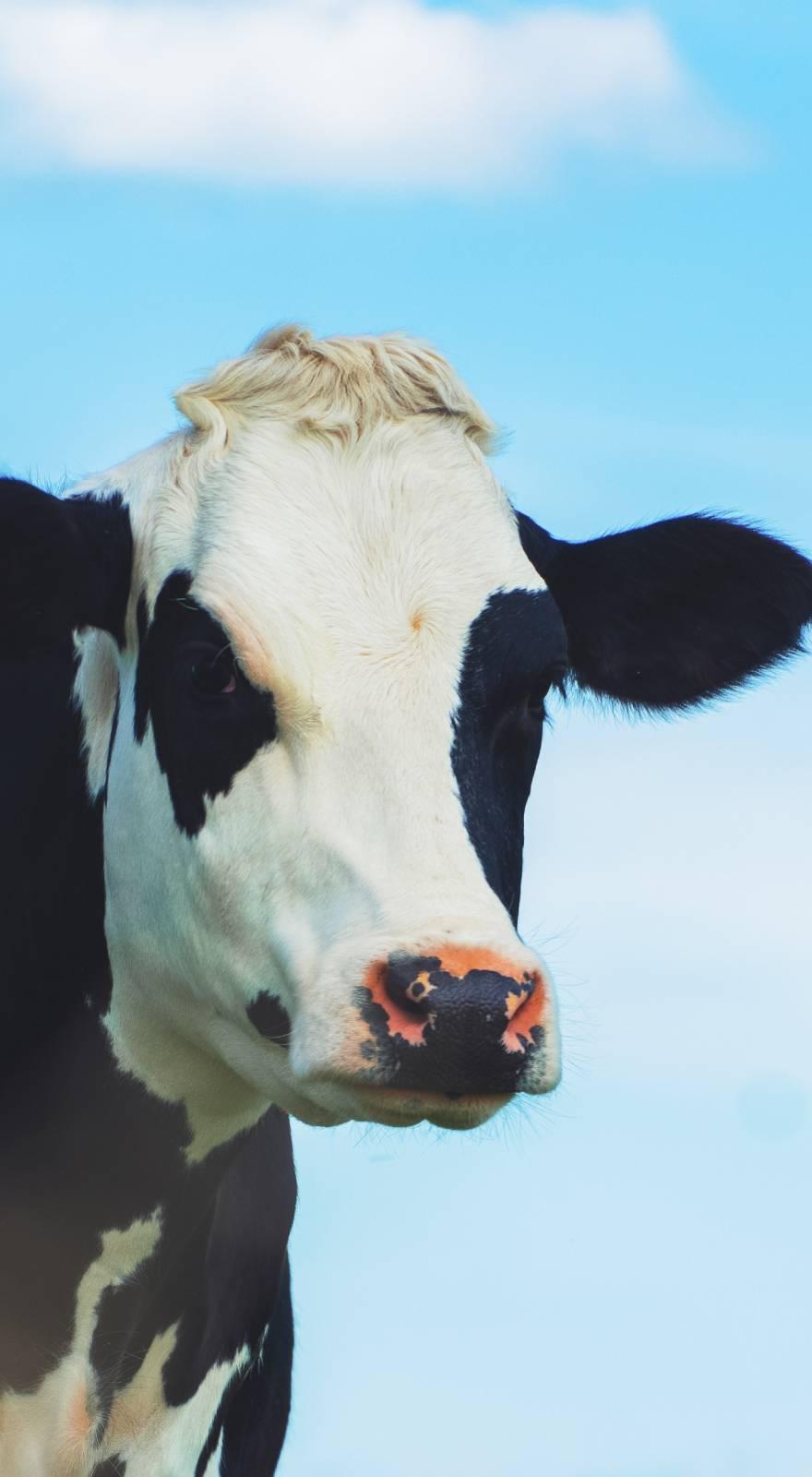Knowde Enhanced TDS
Identification & Functionality
- Agrochemical Functions
- Technologies
- Product Families
- Active Ingredient
Active Ingredient: Propiconazole: 1-[[2-(2,4-dichlorophenyl)-4-propyl- 1,3-dioxolan-2-yl)methyl)-1H-1,2,4-triazole. 41.8% Other Ingredients 58.2% Total 100.0% Contains 3.6 lbs. of propiconazole active ingredient per gallon.
Features & Benefits
- Labeling Claims
- Agrochemicals Features
Applications & Uses
- Markets
- Applications
- Applicable Crop
- Application Technique
- Directions For Use
It is a violation of Federal law to use this product in a manner inconsistent with its labeling. Do not apply this product in a way that will contact workers or other persons, either directly or through drift. Only protected handlers may be in the area duri ng application. For any requirements specific to your state or tribe, consult the agency responsible for pesticide regulation.
- Usage
- Bananas and Plantains: Black Sigatoka
- Pineapple – HI only: Butt rot
- Berry Crops: Mummyberry Disease, Leaf Spot, Stem Canker, Leaf and Cane Spot, Powdery Mildew, Rust
- Cranberries – OR, WA and WI only: Cottonball
- Non-Bearing Citrus: Greasy Spot
- Stone Fruits: Brown Rot Blossom Blight, Cherry Leaf Spot, Fruit Brown Rot, Powdery Mildew, Rust.
- Strawberries: Anthracnose, Leaf Spot, Leaf Rust, Powdery Mildew
- Tree Nuts: Foliar Diseases
- Almonds: Brown Rot Blossom Blight, Anthracnose
- Filberts (Hazelnuts): Eastern Filbert Blight
- Pecans: Downy Spot, Liver Spot, Pecan Scab, Powdery Mildew, Vein Spot, Zonate Leaf Spot
- Pistachios: Botrysphaeria Panicle, Shoot Blight
- Carrots: Leaf Blights, Powdery Mildew
- Celery And Leaf Petioles: Early Blight, Late Blight
- Cereal Crops: Barley Scald, Barley Stripe, Foot Rot, Fusarium Head Blight Suppression, Glume Blotch, Helminthosporium Leaf Blight, Leaf Blight, Net Blotch, Powdery Mildew, Rust, Spot Blotch, Tan Spot
- Corn: Eye Spot, Gray Leaf Spot, Northern Corn Leaf Blight, Northern Corn Leaf Spot, Southern Corn Leaf Blight, Rusts
- Grasses Grown For Seed – ID, MN, NE, OR and WA only: Ergot Stem Diseases, Powdery Mildew, Rusts, Selenophoma Stem Eyespot
- Peppermint And Spearmint: Rust
- Onions: Purple Blotch, Suppression of Botrytis Leaf Blight
- Peanuts: Early Leaf Spot, Late Leaf Spot, Rust, Southern Stem Rot, Web Blotch
- Rice: Aggregate Sheath Spot, Black Sheath Rot, Brown Leaf Spot, Kernei Smut, Leaf Smut, Narrow Brown Leaf Spot, Sheath Blight, Sheath Spot
- Sorghum: Ergot
- Soybeans: Aerial Web Blight, Anthracnose, Brown Spot, Frogeye Leaf Spot, Soybean Rust
- Sugar Beets: Leaf Spot, Powdery Mildew
- Sugarcane: Pineapple Disease
- Turf and Ornamental Use: Broad Spectrum of Diseases
Properties
- Physical Form
Regulatory & Compliance
- Chemical Inventories
Safety & Health
- Precautionary Statements
Hazards to humans and domestic animals
Causes substantial but temporary eye injury. Do not get in eyes, on skin, or on clothing. Harmful if swallowed, inhaled, or absorbed through skin. Prolonged or frequently repeated skin contact may cause allergic reactions in some individuals. Avoid breathing spray mist.
Personal Protective Equipment
Some materials that are chemical-resistant to this product are listed below. If you want more options, follow the instructions for category G on the EPA chemical resistance category selection chart.
- Long-sleeved shirt and long pants
- Socks and shoes
- Chemical-resistant gloves such as barrier laminate or viton
- Protective eyewear
Follow manufacturer’s instructions for cleaning/maintaining PPE. If no such instructions for washables exist, use detergent and hot water. Keep and wash PPE separately from other laundry. Discard clothing or other absorbent materials that have been drenched or heavily contaminated with this product’s concentrate. Do not reuse them.
- User Safety Recommendation
Users should
- Wash hands before eating, drinking, chewing gum, using tobacco, or using the toilet.
- Remove clothing immediately if pesticide gets inside. Then wash thoroughly and put on clean clothing.
- Users should remove PPE immediately after handling this product. Wash the outside of gloves before removing. As soon as possible, wash thoroughly and change into clean clothing.
Storage & Handling
- Storage and Disposal
Do not contaminate water, food, or feed by storage or disposal.
Pesticide Storage
Store in original container in a secured dry storage area. Prevent cross-contamination with other pesticides and fertilizers.
Pesticide Disposal
Pesticide wastes may be toxic. Improper disposal of excess pesticide, spray mixture, or rinsate is a violation of Federal law. If these wastes cannot be disposed of by use according to label instructions, contact your State Pesticide or Environmental Control agency or the Hazardous Waste representative at the nearest EPA Regional Office for guidance.
Container Disposal
Nonrefillable container. Do not reuse or refill this container. Triple rinse container (or equivalent) promptly after emptying. Triple rinse as follows: Empty the remaining contents into application equipment or a mix tank and drain for 10 seconds after the flow begins to drip. Fill the container ¼ full with water and recap. Shake fo r 10 seconds. Pour rinsate into application equipment or a mix tank or store rinsate for later use or disposal. Drain for 10 seconds after the flow begins to drip. Repeat this procedure two more times. Then offer for recycling if available or puncture and dispose of in a sanitary landfill, or by incineration, or, if allowed by state and local authorities, by burning. If burned, stay out of smoke

